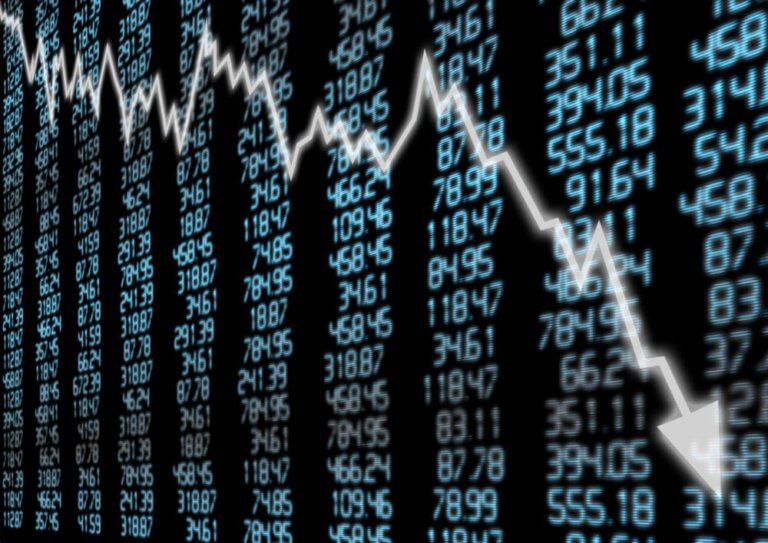Market volatility, often seen as the pulse of investor sentiment, has been a focal point of concern for traders, investors, and analysts alike. In recent months, there have been discussions and analyses about whether this volatility is beginning to show signs of abating. This article delves into the current trends, underlying factors, and potential future outlook of market volatility.
Understanding Market Volatility
Market volatility refers to the degree of variation in the price of financial instruments over time. High volatility indicates significant price swings, while low volatility suggests more stable price movements. Volatility is commonly measured using indicators such as the VIX (Volatility Index), also known as the “fear gauge,” which reflects market expectations of near-term volatility.
Recent Trends in Market Volatility
Over the past few years, the markets have experienced unprecedented levels of volatility, driven by various factors including the COVID-19 pandemic, geopolitical tensions, supply chain disruptions, and inflationary pressures. However, recent data suggests a potential shift towards a more stable environment – one that offers all weather income and growth investing.
- Decline in the VIX: The VIX, which spiked dramatically during the height of the pandemic and other global uncertainties, has been showing a downward trend. This suggests that investor anxiety might be easing, reflecting more confidence in the market’s stability.
- Stable Economic Indicators: Key economic indicators such as employment rates, consumer spending, and corporate earnings have shown signs of stabilization. This has contributed to reducing the market’s uncertainty, thereby potentially lowering volatility.
- Monetary Policy Adjustments: Central banks worldwide, including the Federal Reserve, have taken steps to manage inflation and support economic growth. Clear communication and predictable policy moves have helped in calming the markets, contributing to lower volatility.
Factors Contributing to Reduced Volatility
Several factors are playing a role in the observed reduction in market volatility:
- Economic Recovery: As economies gradually recover from the pandemic’s impact, the return to more predictable growth patterns is helping to stabilize markets. The normalization of supply chains and consumer behavior is crucial in this context.
- Inflation Control: While inflation remains a concern, measures taken by central banks to control it have provided some relief to the markets. Lower inflationary pressures can lead to less market uncertainty.
- Geopolitical Stability: Although geopolitical risks have not disappeared, there has been a relative period of calm in major conflict zones. Diplomatic efforts and negotiations have contributed to a more stable global environment, which in turn affects market volatility.
Future Outlook
While current trends indicate a potential slowdown in market volatility, it is essential to recognize that markets are inherently unpredictable. Several factors could reignite volatility, including:
- Unforeseen Economic Shocks: New economic disruptions, such as sudden changes in commodity prices or unexpected economic data, could lead to increased volatility.
- Geopolitical Events: Any significant geopolitical event, such as escalations in conflict or major political changes, can quickly alter market dynamics.
- Policy Changes: Unexpected changes in monetary or fiscal policies can also lead to market uncertainty and increased volatility.
Conclusion
The recent signs of slowing market volatility are encouraging for investors seeking stability. However, vigilance remains crucial, as markets can be influenced by a multitude of factors, both predictable and unforeseen. Staying informed and adaptable will be key for navigating the ever-evolving financial landscape.
Investors should continue to monitor economic indicators, central bank communications, and global events to make informed decisions. While the current trends suggest a more stable market environment, the inherent nature of financial markets means that volatility can never be fully eliminated.























